Unlock exciting career opportunities with a bartending license from 1800 Bartending School in Levittown, NY. Turn your passion for mixology into real opportunities today!
Reviews
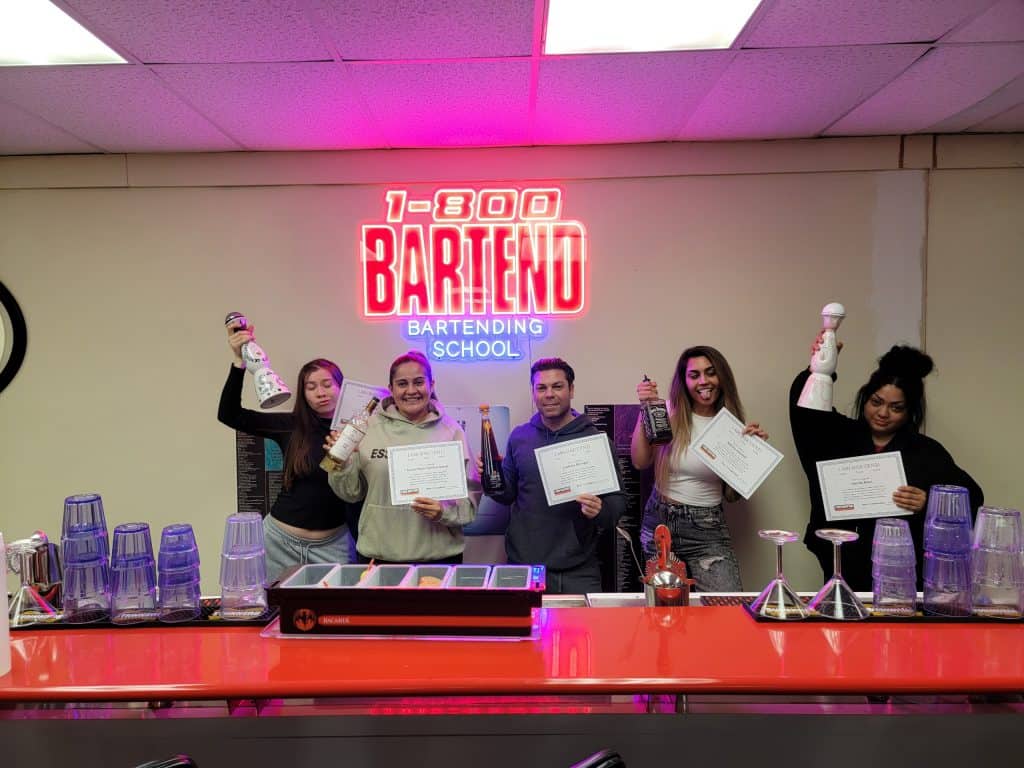
About Our Bartending Classes
At 1800 Bartending School, we specialize in helping motivated bartenders gain the confidence and skills needed to succeed in Levittown, NY. Our instructors bring practical knowledge and real-world experience to every lesson, making sure you leave prepared for industry demands.
Our bartender courses combine applied training with classroom learning, giving you a well-rounded foundation a mixologist needs. Situated in Nassau County, we’ve earned a reputation for turning beginners into skilled professionals. If you’re ready to take your first step into the vibrant world of bartending, we’ll help you make it happen.
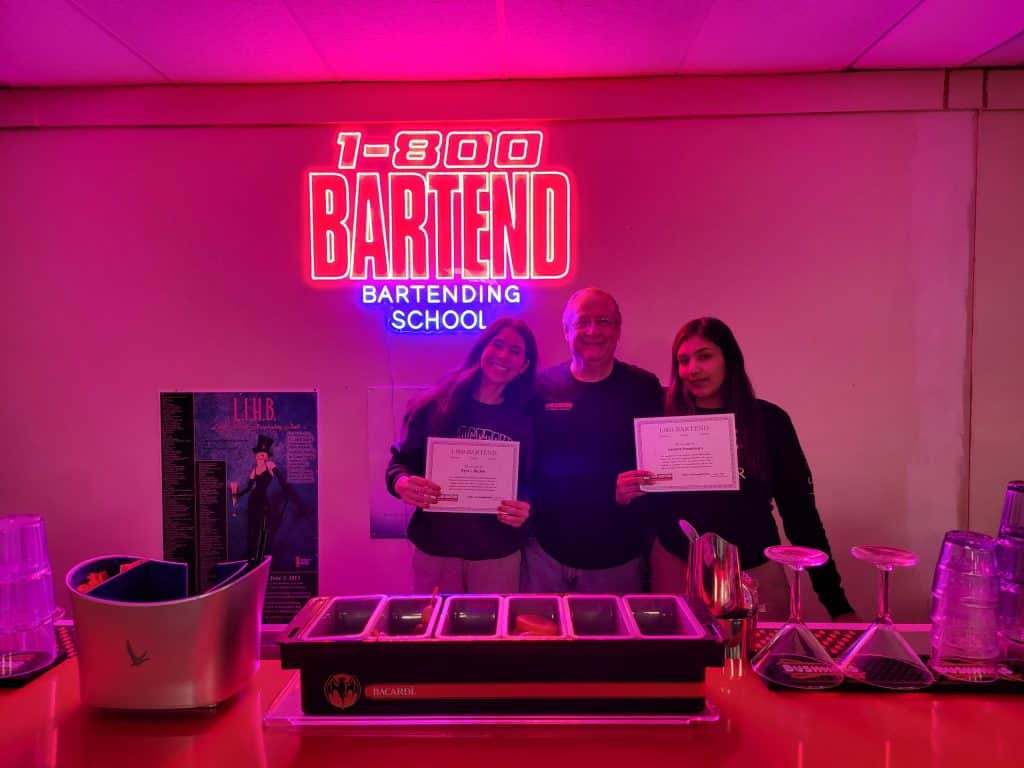
Earning Your Bartending License
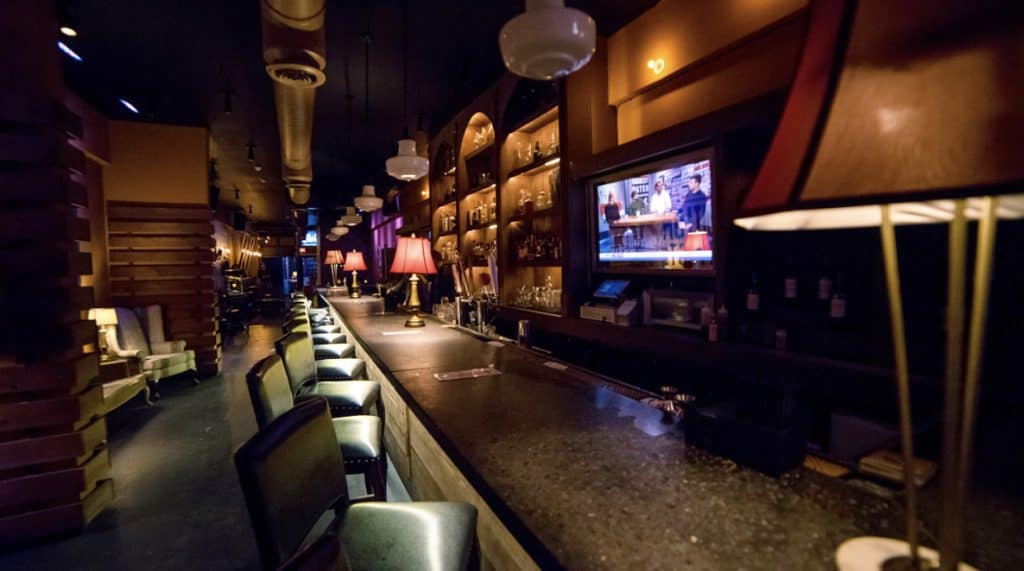
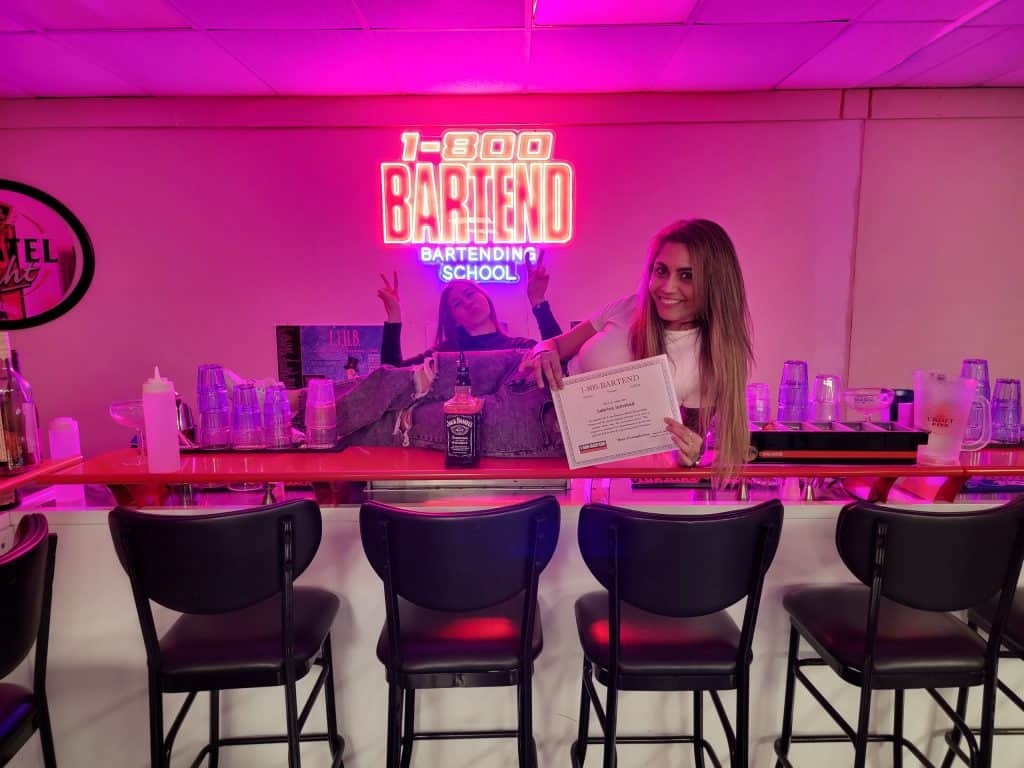
Why Licenses Are Important
If you want to stand out in the hospitality industry, a bartending license is a must. In addition to being legally required in Levittown, NY, a license shows prospective employers you’re trained, professional, and ready to perform in a fast-paced environment.
At 1800 Bartending School, we provide practical training that prepares you for real-world challenges. From mastering cocktail recipes to understanding industry best practices, our program covers it all. Based in Nassau County, our bartender courses meet local standards, giving you the skills you need to succeed. Reach out to us at 516-212-9850 and start your bartending journey today!
The building firm, Levitt & Sons, headed by Abraham Levitt and his two sons, William and Alfred, built four planned communities called “Levittown”, in New York, Pennsylvania, New Jersey, and Puerto Rico; the Levittown in New York was the first. Additionally, Levitt & Sons’ designs are featured prominently in the older portion of Buffalo Grove, Illinois; Vernon Hills, Illinois; Willingboro Township, New Jersey; the Belair section of Bowie, Maryland; and the Greenbriar section of Fairfax, Virginia.
The Levitt firm began before World War II, as a builder of custom homes in upper middle-class communities on Long Island. During the war, however, the home building industry languished under a general embargo on private use of scarce raw materials. William “Bill” Levitt served in the Navy in the Seabees – the service’s construction battalions – and developed expertise in the mass-produced building of military housing using uniform and interchangeable parts. He was insistent that a postwar building boom would require similar mass-produced housing, and was able to purchase options on large swaths of onion and potato fields in undeveloped sections of Long Island.
Returning to the firm after war’s end, Bill Levitt persuaded his father and brother to embrace the utilitarian system of construction he had learned in the Navy. With his brother, Alfred, who was an architect, he designed a small one-floor house with an unfinished “expansion attic” that could be rapidly constructed and as rapidly rented to returning GIs and their young families. Levitt & Sons built the community with an eye towards speed, efficiency, and cost-effective construction; these methods led to a production rate of 30 houses a day by July 1948. They used pre-cut lumber and nails shipped from their own factories in Blue Lake, California, and built on concrete slabs, as they had done in a previous planned community in Norfolk, Virginia. This necessitated negotiating a change in the building code which, prior to the building of this community, did not permit concrete slabs. Given the urgent need for housing in the region, the town agreed. Levitt & Sons also controversially utilized non-union contractors in the project, a move which provoked picket lines. On the other hand, they paid their workers well and offered multiple incentives that allowed them to earn extra money, so that they often could earn twice as much a week as elsewhere. The company also cut out middlemen and purchased many items, including lumber and televisions, directly from manufacturers. The building of every house was reduced to 26 steps, with sub-contractors responsible for each step. His mass production of thousands of houses at virtually the same time allowed Levitt to sell them, with kitchens fully stocked with modern appliances, and a television in the living room, for as little as $8,000 each (equal to $109,162 today), which, with the G.I. Bill and federal housing subsidies, reduced the up-front cost of a house to many buyers to around $400 (equal to $5,458 today).
Learn more about Levittown.Here are some bartending-related links:
Mon - Sat:
9AM - 5PM
Sunday:
Closed
Sign up, get trained, and let’s get you behind the bar in just one week. Your future in bartending starts now!
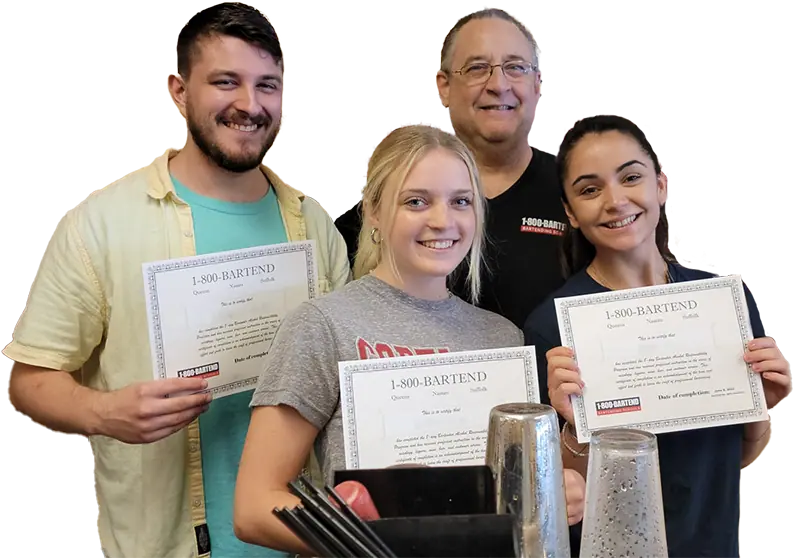
1-800-Bartend
For Students
For Businesses
Helpful Links